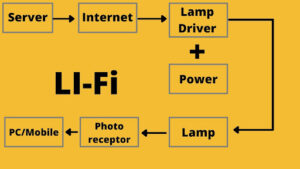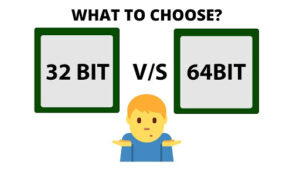Who is DBA (Data Base Administrator)
A person or a group of people who is responsible for managing all the activities related to the database system, is called Database Administrator. a group of people with high-level experience are needed for this job. Companies always hire a group of people who takes care of their database system. Because for a single person it is almost impossible to manage the total database system.
The
The
role of DBA in Database Management
System?
- Installation and Configuration
of the database: DBA is liable for
installing the database software. After configuring the software of the database they upgrade it if needed. There are lots of database management software like Microsoft SQL and MySQL, oracle in the industry so DBA decides how to install and configure this database software. - Deciding the hardware device:
DBA has the duty of deciding which hardware device will suit their company Depending on the cost, efficiency and performance of the
hardware, it is. - Managing Data Integrity: It is very important to manage data integrity accurately because it protects the data from unauthorized access. The relationship between the data is being maintained by DBA.
- Data Recovery and
Backup method: If any company have a
big database system, then it may fail in any instance. It is required that a DBA takes backup of the full database regularly. DBA has to maintain the amount of data that should be backed up and how frequently the backup should be done. If they have lost the database, the recovery of the database is also done by DBA. - Tuning Database Performance: For any business, database performance plays an important role for the companies. Company may lose their business If their use is not able to fetch data speedily. A DBA can improve the performance of a database by tuning modifying SQL commands.
- Capacity Issues: physical memory also has some limitations and All the databases systems have their limitations of storing data in it. DBA has to decide the capacity, limit and issues related to the database.
- Database design: DBA designs the logical design of the database. A DBA is also responsible for integrity control physical and external model design.
- Database accessibility: To decide the accessibility of the database, a DBA writes a subschema. The users of the database are decided by the DBA and which user can access which data. Any user has not the power to access the full database without the permission of a DBA.
- Validation checks on data: DBA has to decide what kind of data is accurate and which data should be used and for the company. He has to put validation checks always-on data to make it more consistent and accurate.
- Monitoring performance: If we see that the database is working properly, then it does not mean that there is no task for DBA. He has to monitor the performance of the database every time.
- Decides content of the
database: there are lots of contents and information inside a database. In the database system, the Database Administrator decides fields, types of fields and the range of values. The structure of database files is also decided by DBA. - Provides help and support to
users: If you are a user and you need help at any time then, it is the duty of DBA to help you. there are lots of new users in the database and it is the duty of the DBA to always help them. - Database implementation: Database has to be implemented before anyone can use it. So DBA implements the database system. At the time of its implementation, DBA must supervise the database.
- Improve query processing
performance: Enquiries made by the users should be answered as soon as possible. DBA improves their performance for query processing.
Difference DBMS and RDBMS
|
|
DBMS
|
RDBMS |
|
|
1)
|
DBMS
applications store data as a file. |
The tubular form is used to store data in RDBMS applications.
|
|
|
2)
|
A hierarchical form or a navigational form is used to store data in DBMS
|
In RDBMS, there is an identifier in the table that is called the primary key and the values of the data are stored in a table form.
|
|
|
3)
|
There is no Normalization in DBMS.
|
In RDBMS Normalization
is present |
|
|
4)
|
For data manipulation, there is not any security in DBMS.
|
For the purpose of ACID (Atomicity, Consistency, Isolation and Durability) property, RDBMS describe the integrity constraint.
|
|
|
5)
|
There is not any type of relationship between the tables, because
|
In RDBMS, the data values are stored in table form, so a relationship between the values of the data will be stored in the form of a table.
|
|
|
6)
|
To access the stored information, DBMS
has to include some uniform methods. |
RDBMS has to access the stored information in the system that supports a tabular
structure of the data and a relationship between them. |
|
|
7)
|
DBMS does not support distributed databases.
|
RDBMS supports distributed databases.
|
|
|
8)
|
DBMS is for small organizations and makes deals with fewer data. it supports a single user.
|
RDBMS is designed to maintain a large data amount. it supports multiple users.
|
|
|
9)
|
XML files are one of the example files for DBMS.
|
Postgres, MySQL, Oracle, SQL Server, etc are some examples of RDBMS.
|
|




